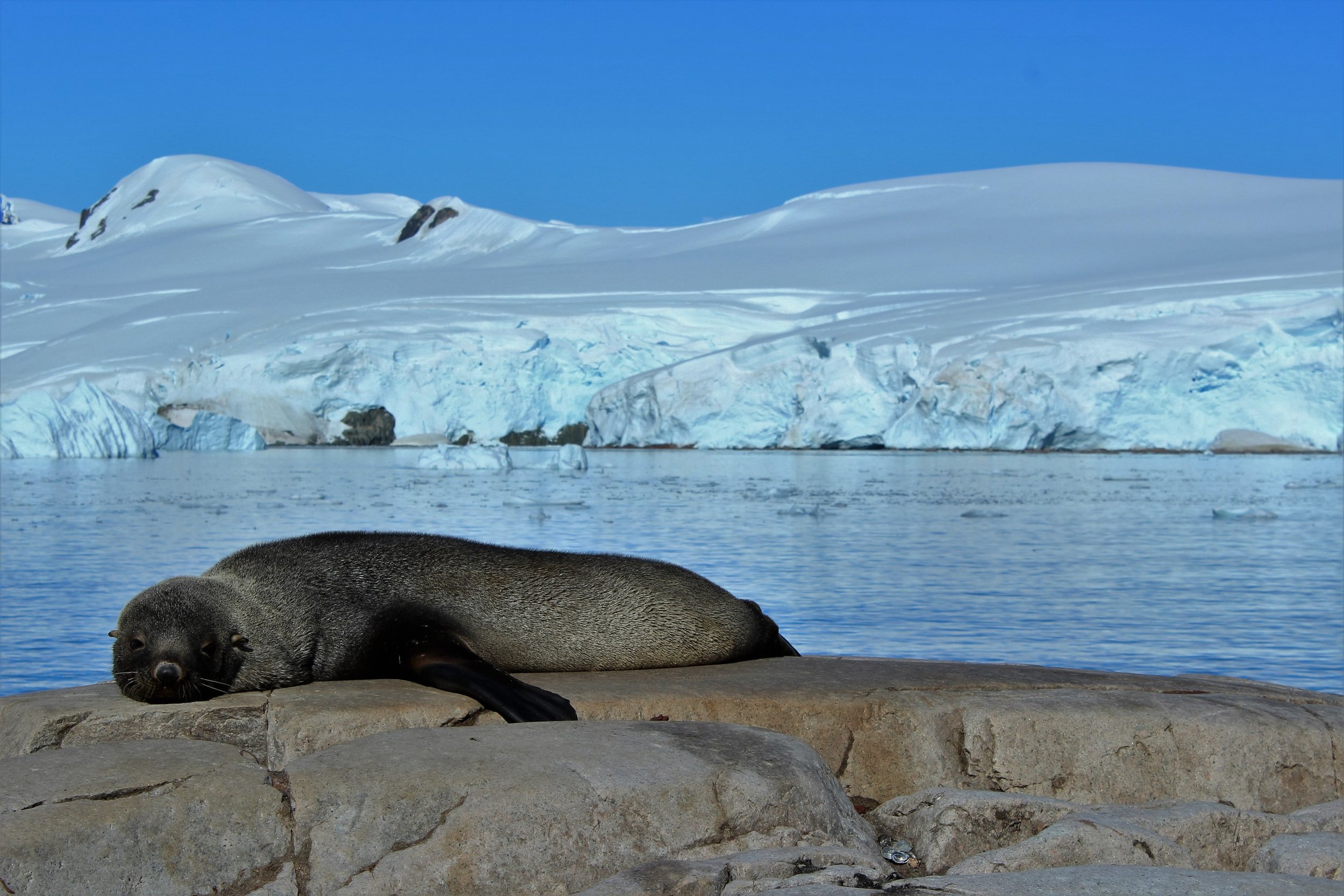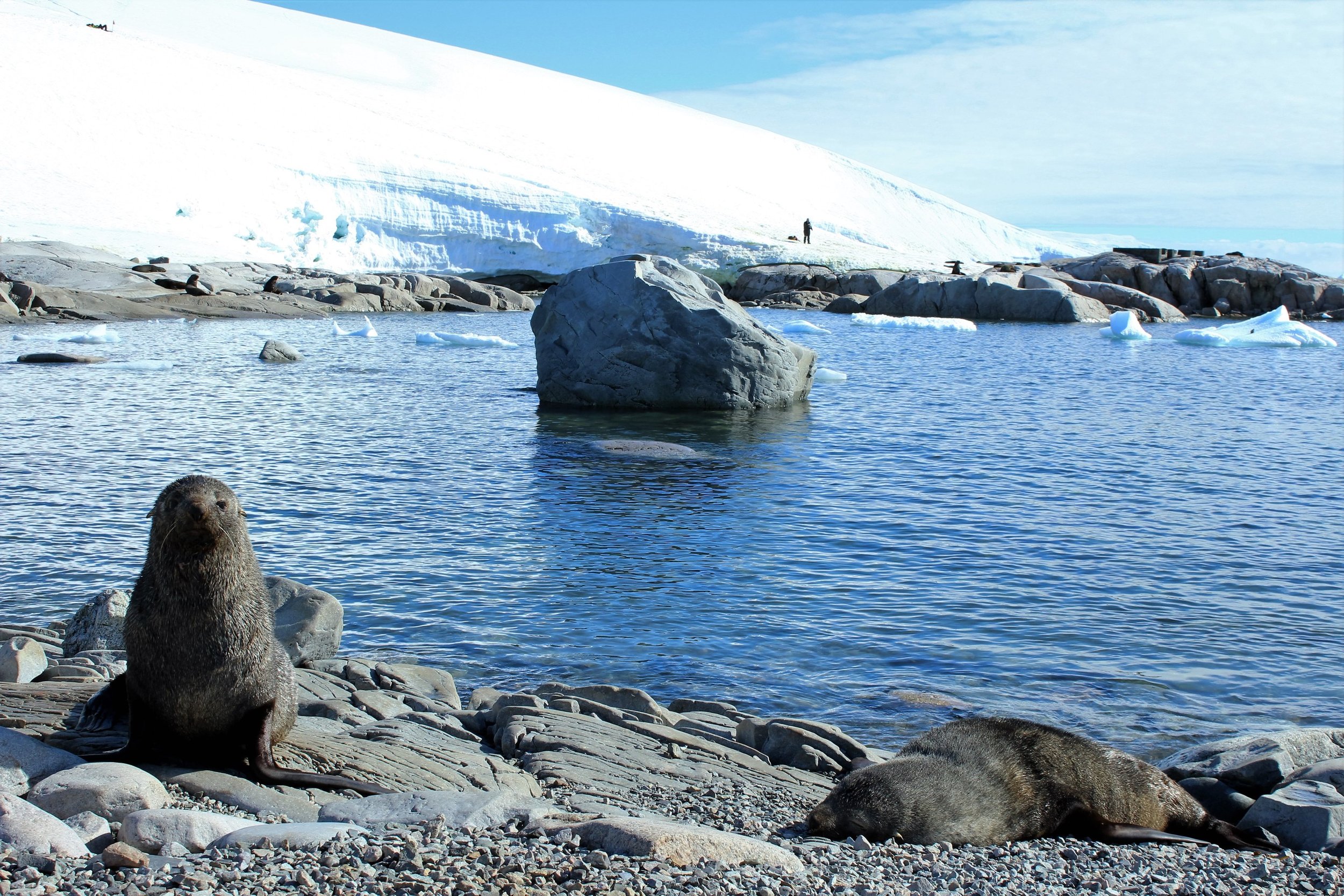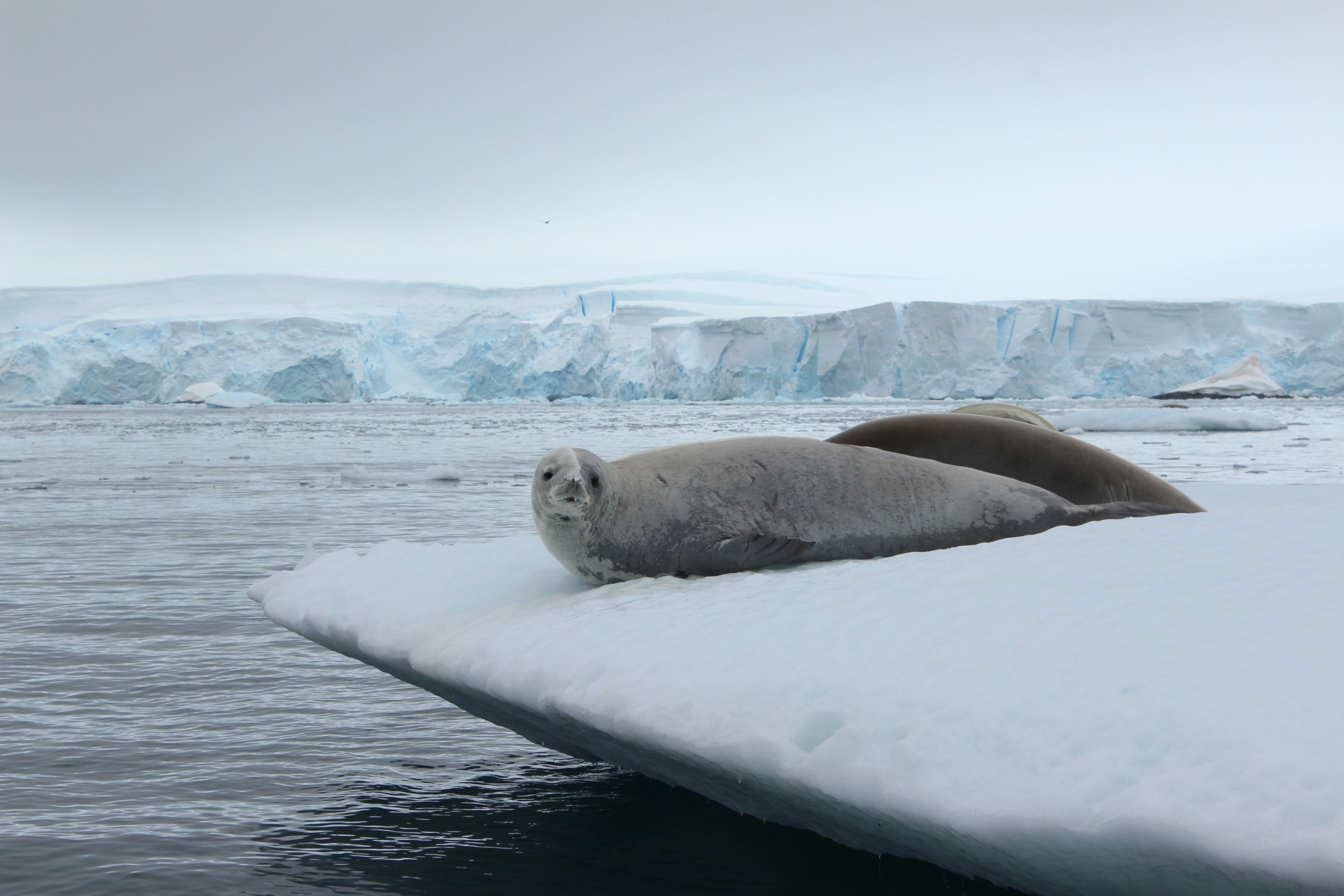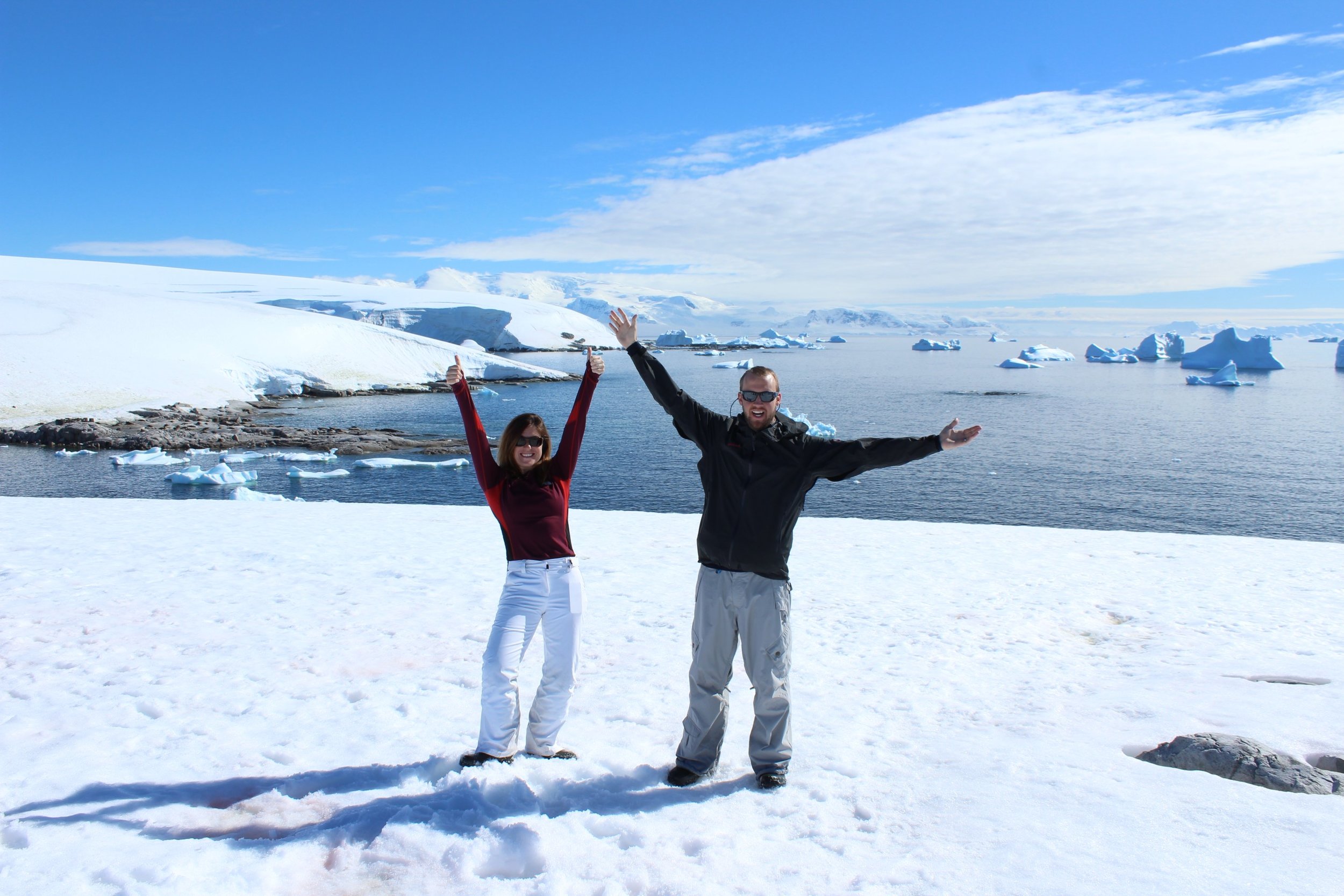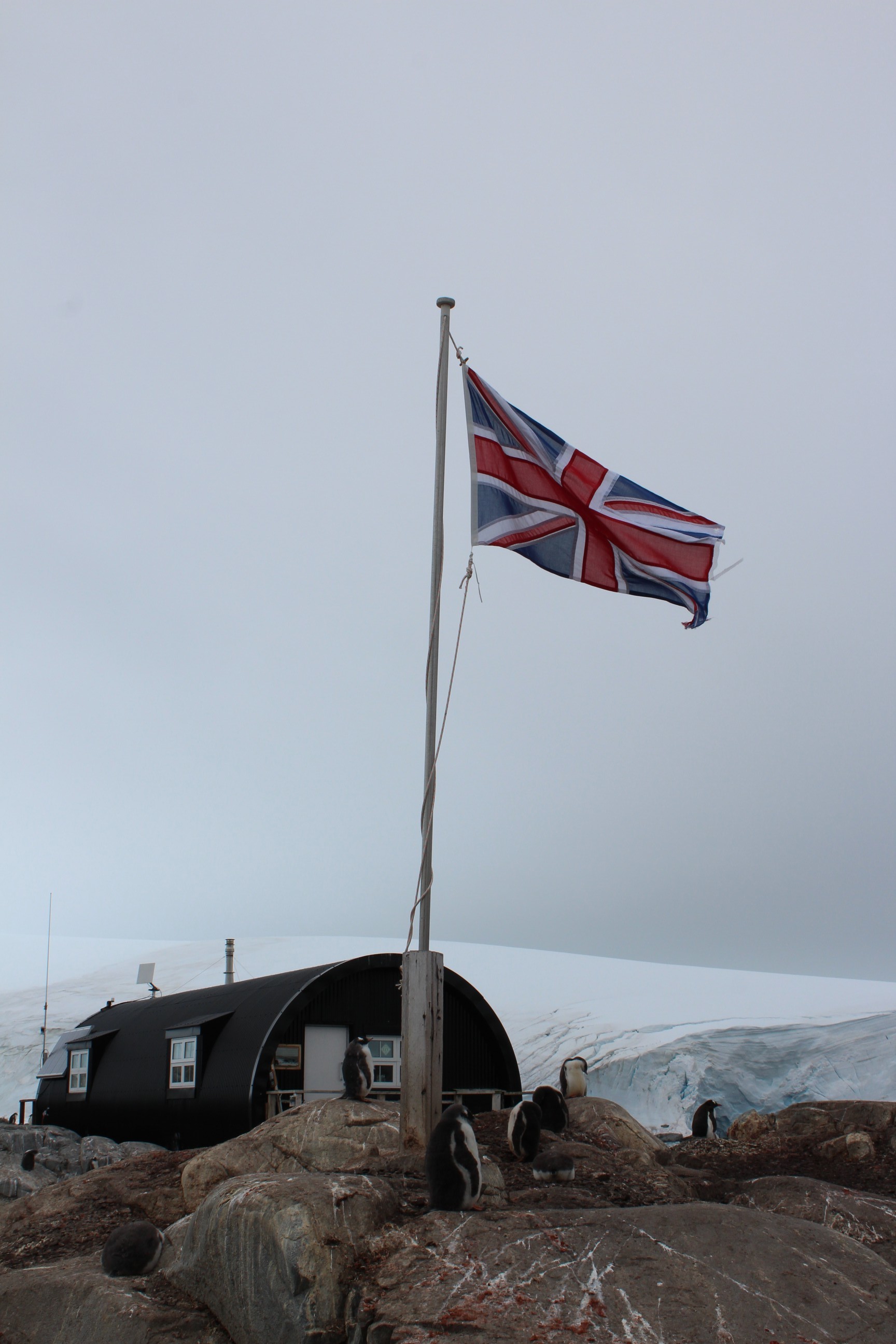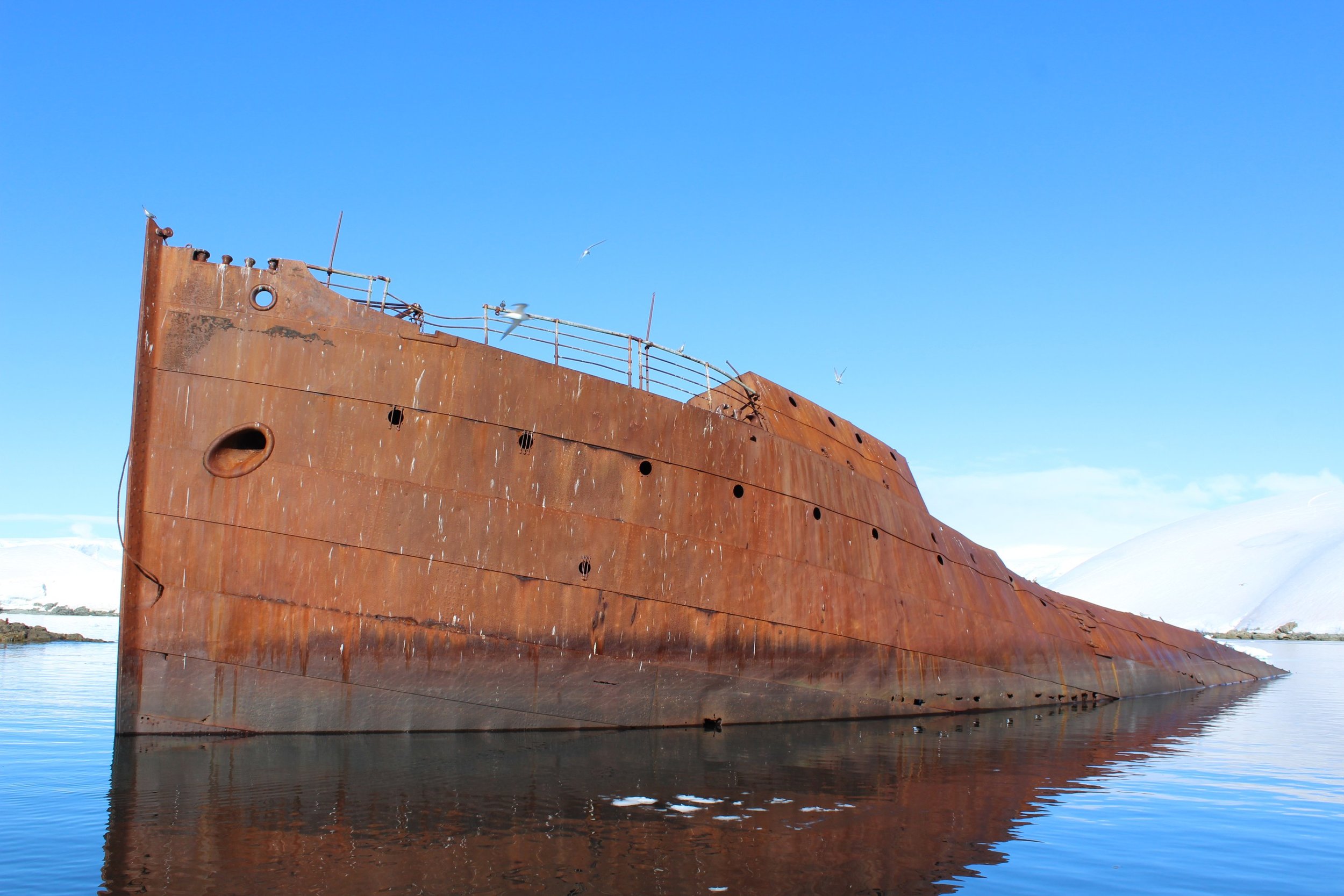Antarctica
/“You’ll probably never see another view like this in your lifetime”.
The guy next to me shouted over his shoulder as we both tried to push through the door onto the bow of the ship. We, along with 10+ of our closest friends, were rushing to watch the sun dip below the mountains…the Antarctic sky illuminated in deep lilacs, rose pinks & a marine blue that you can’t quite put your finger on to name. It was stunning.
“The Antarctic pink sky” one of our expedition guides called it when Ben spotted the colors change outside our dining room window & we both hastily said our goodbyes to rush above deck & grab our camera.
Sunset in Wilhelmina Bay
By now we had been in Antarctica 3 or 4 days, but today had been the one we were all waiting for, the picturesque day on the water that made it all worth it.





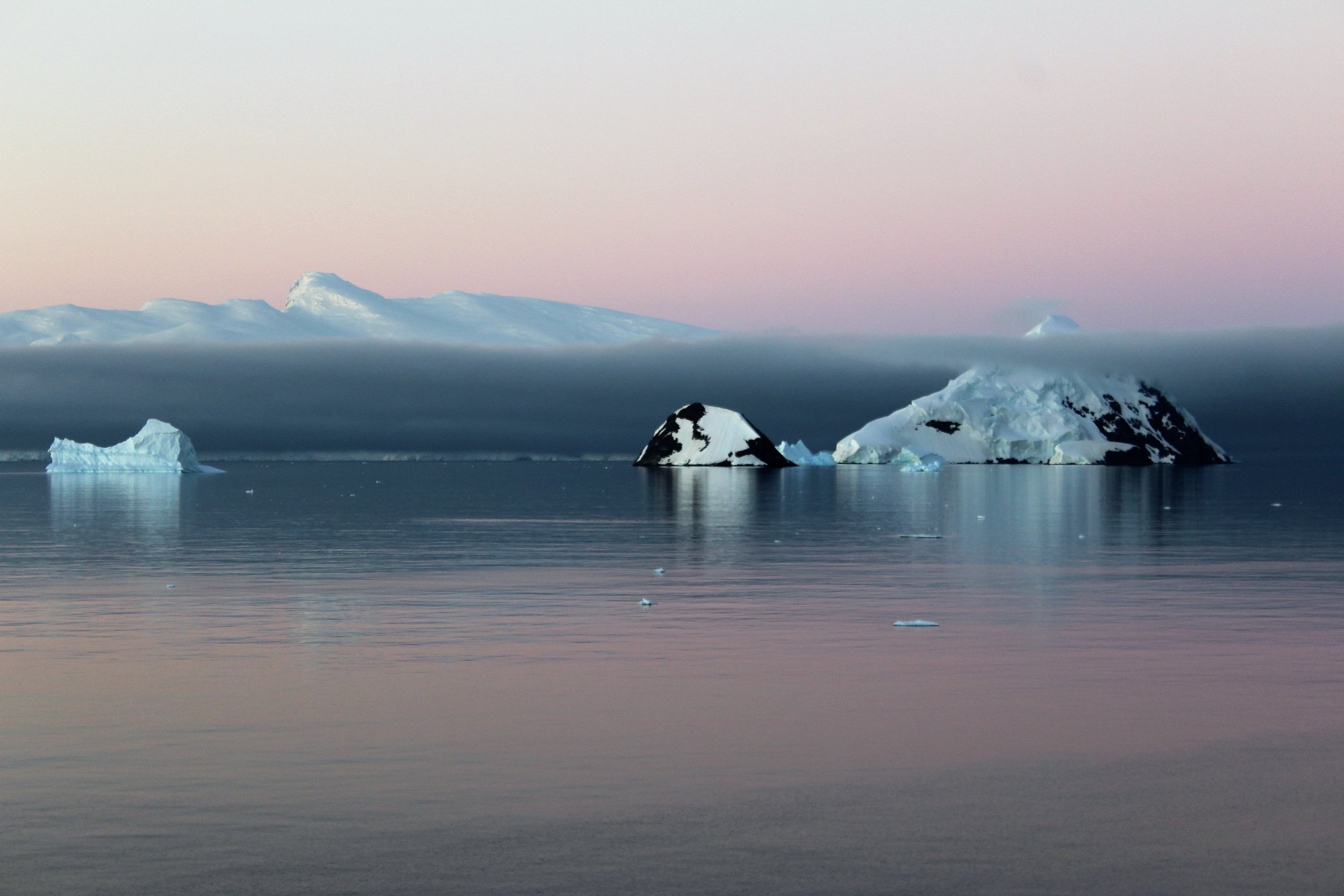
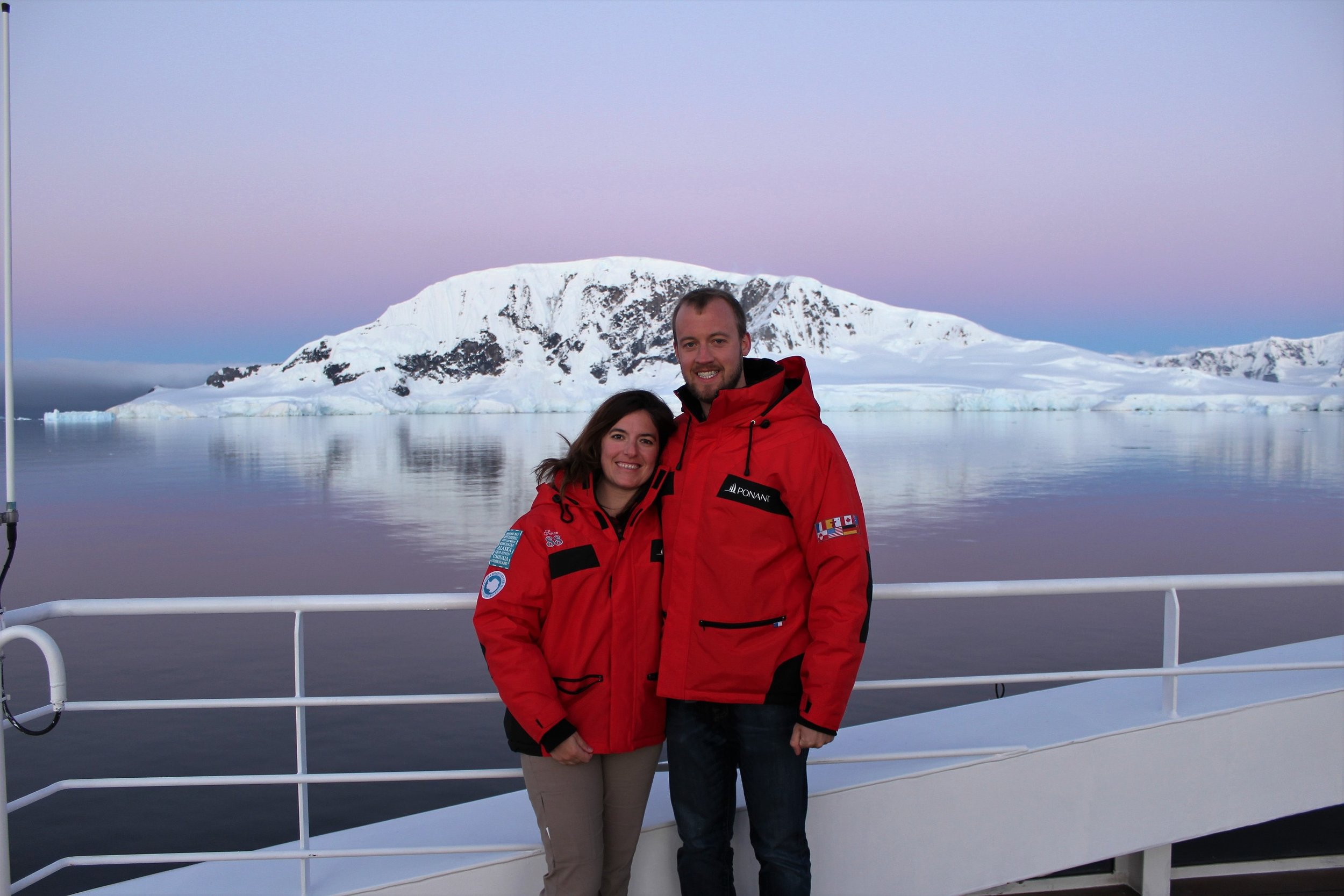
The Antarctic is one of those places you could write a novel about (as many have) & still not capture all there is to say. Even now we struggle to explain why day after day we saw the “same” things but each time it was unique, surprising & beautiful in its own way. Its charms are indefinable by the normal written word, a place at times that alternated between the feeling you were walking on an alien planet or floating past gods of ice & ancient lore. We understand now why explorers & poets were drawn to this place & even more so why it must remain unbroken.
““…as though we were truly at the world’s end, and were bursting in on the birthplace of the clouds and the nesting home of the four winds…” ”
The “Locals”: Antarctica’s Wildlife
It’s hard to say what was our favorite, the fantastic views or the charming wildlife. Antarctica, despite its frozen ground, has some of the most fertile waters in the world. Undoubtedly the penguins were everyone’s favorite. These little guys (& gals) must be the most amazing animals we’ve ever seen, they all have their own personality & are so curious they’ll walk right up to you & say hello - one nibbled Ben’s pant leg!
While 6 different species call Antarctica home, during our trip we encountered Gentoo, Chinstraps & Adélies most often. Thousands of the little black & white creatures covered the shores or hung out on the icebergs. You always knew when they were close because frankly, they smell incredibly awful (that is NOT something you read in all the touristy advertisements).
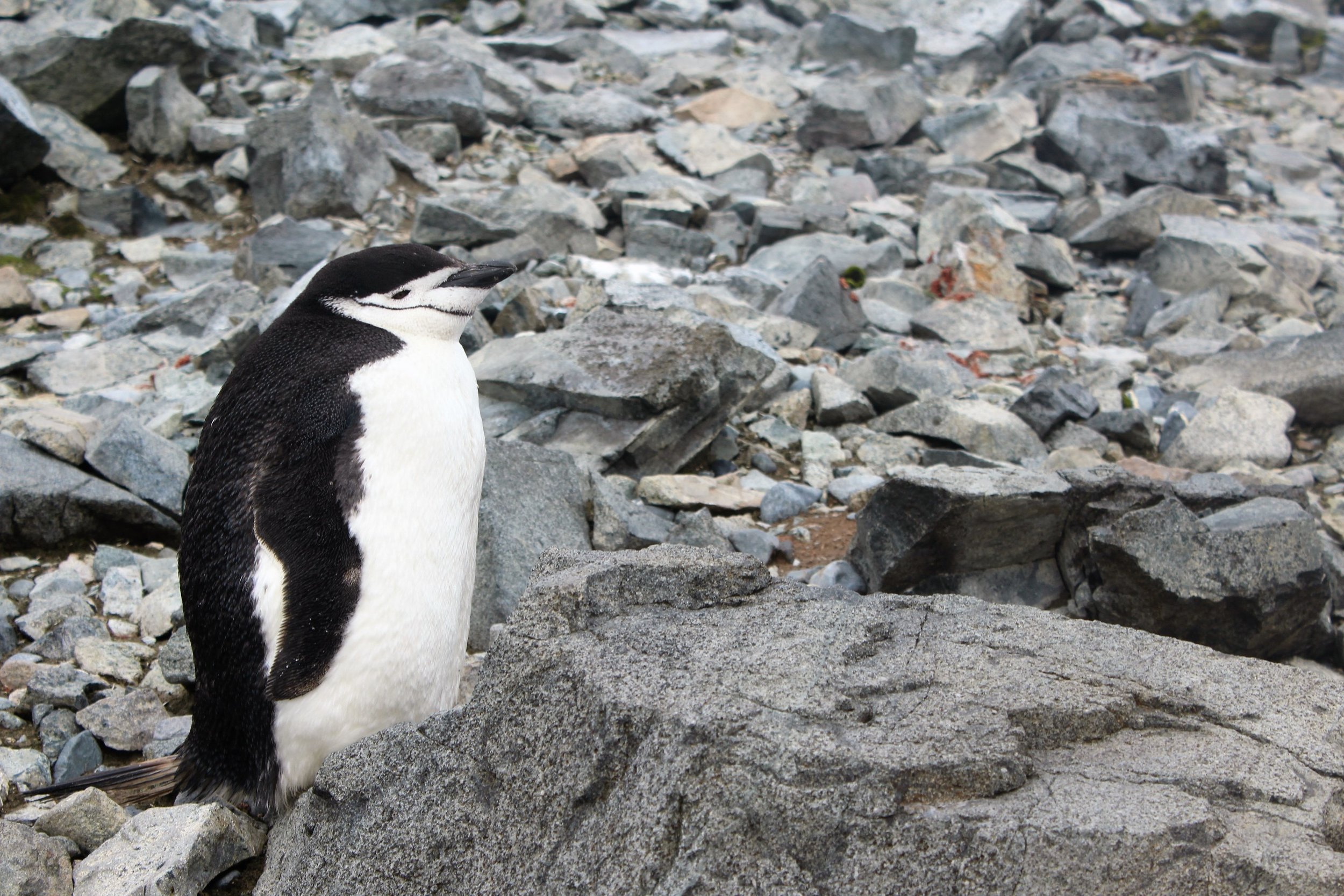

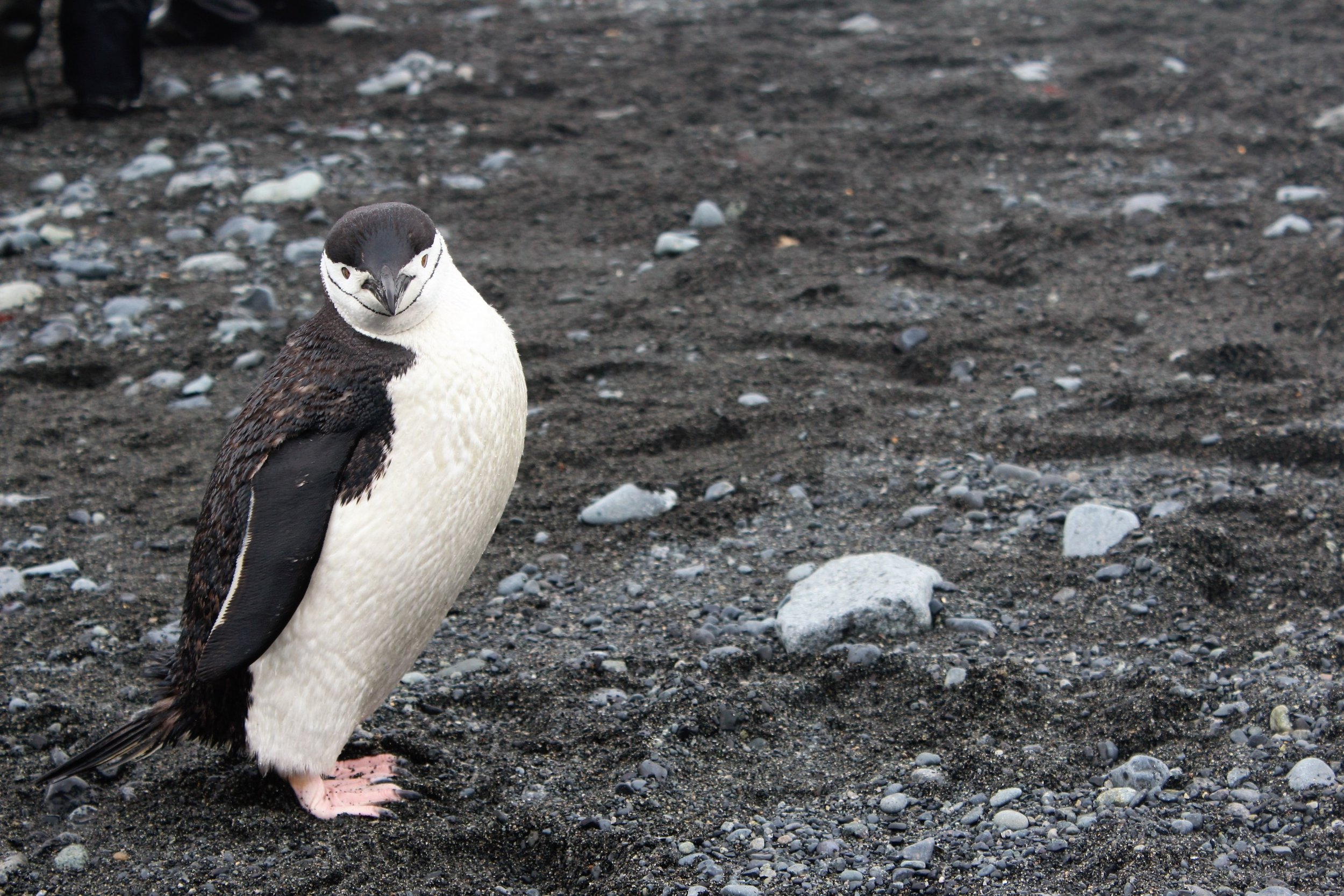




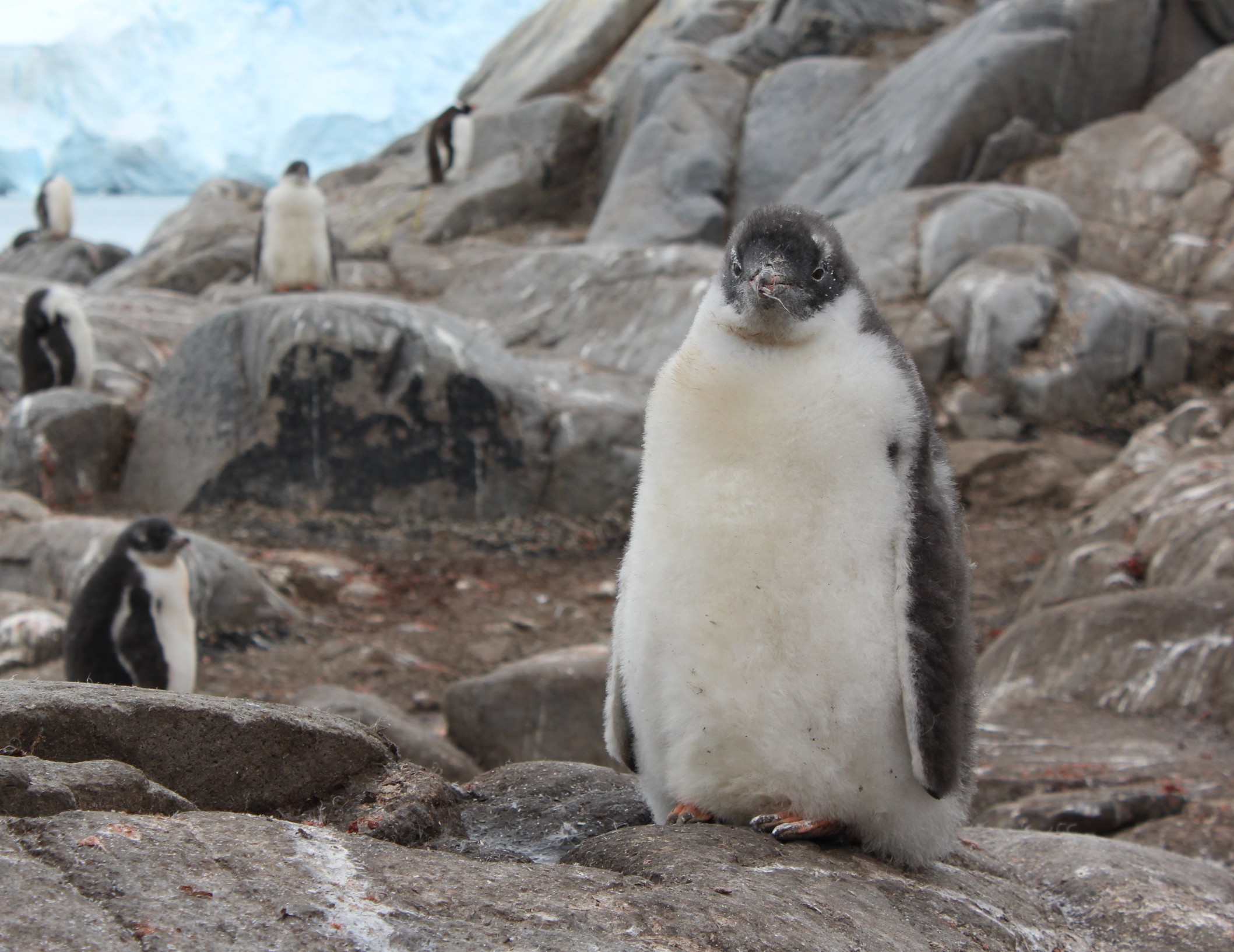
Accompanying the penguins most often were Fur Seals, even though they do like to make a meal of the penguins now & again. While these gentle creatures mostly will let you be, occasionally one or two may decide you are in his/her way & let you know. I quickly had to dodge a particularly feisty one at shores edge on Deception Island while one of our guides held it off - that was exciting.
Less common on our trip were the Crabeater & Leopard Seal – though we managed to come across several of those before the end. A bit of a misnomer, crabeater seals do not eat crab as there are none to be found here. Apparently some early explorers were confused on crab & krill? The leopard seal gets its name from, you guessed it, the spots on its body. These DO like to munch on the little penguins which is very sad to witness but I guess nature does its thing.
The mac daddys on the islands were the Elephant Seals, appropriately named as these guys were HUGE. We only saw the young up close & personal because they were currently molting (losing layer of fur). Laying in giant piles along the shore, these big fellas would get irritated with one another, rise up & rear teeth, knock around pushing back & forth then get over it & lay back down to rest. While a few times we almost accidentally walked up to a sleeping fur seal, there was no way you wouldn’t see (or hear) these guys coming.
Elephant Seals on Walker Bay
While the penguins may have been the favorite, the most exciting were the whales! While we were lucky enough to spot whales visiting Hawaii, we’ve never seen so many up close & with such variety! In our trip alone Orcas played along the bow of the boat, investigating this large alien creature plowing through their waters, dozens of humpbacks were dining on display one night providing us on board a show for at least 30+ minutes & on our last day a quick & solitude Minke whale popped up to thrill a few lucky zodiac cruisers.
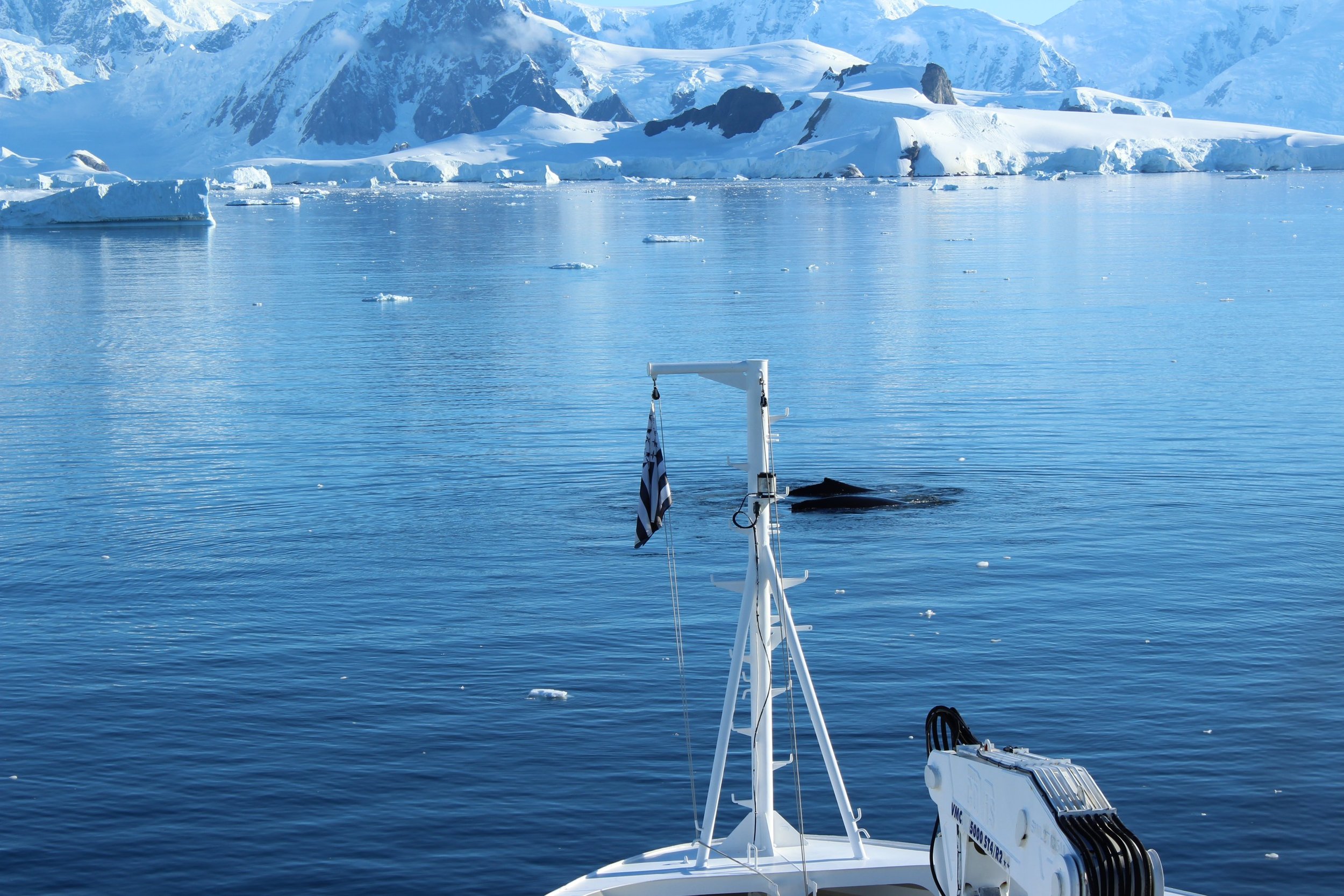

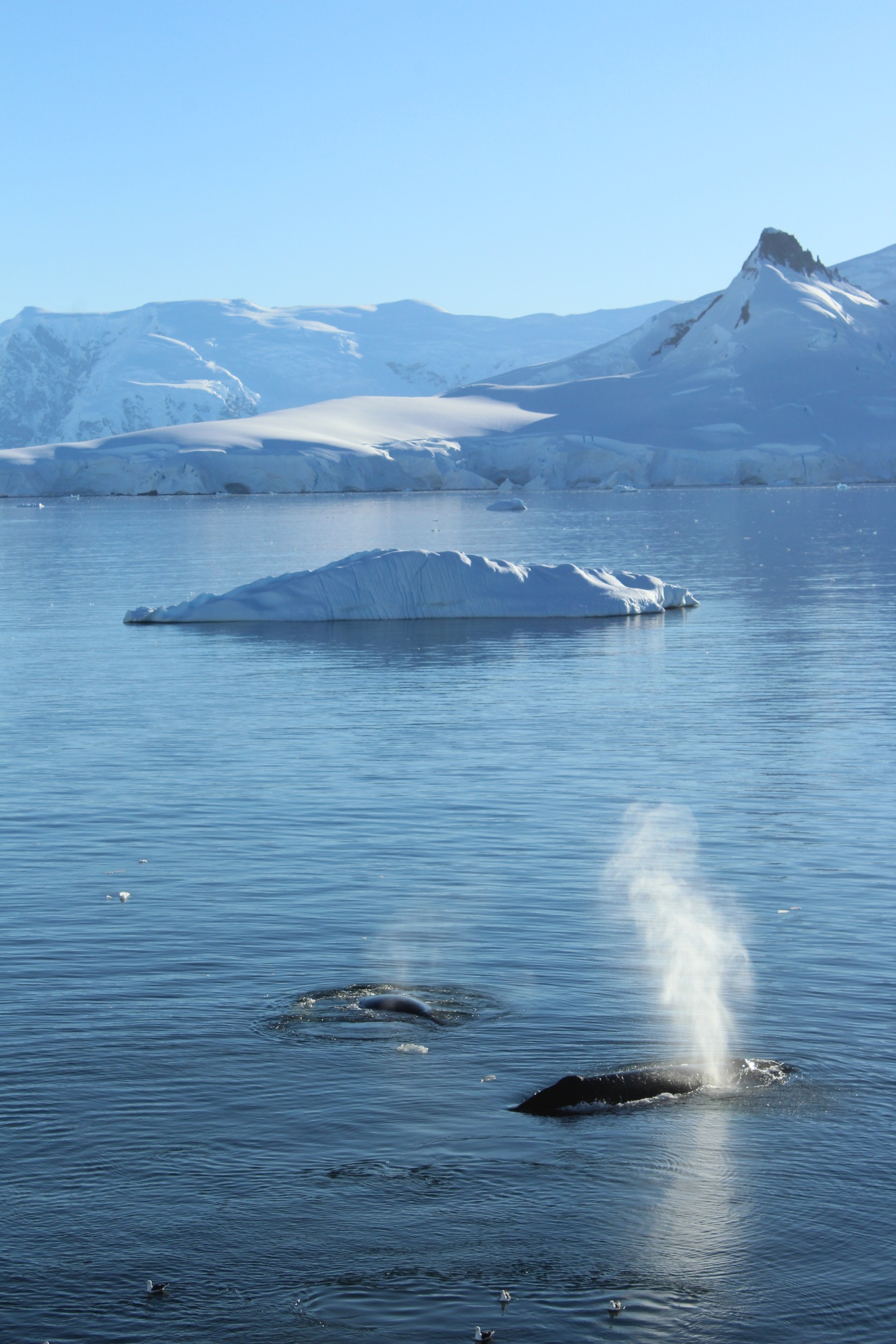

The animals stole the show though they certainly had competition from the views & scenery. Danny, one of our expedition guides, noted that yes, he had finally stopped snapping photos of penguins…after 10 years in the business.
Where & How: Visiting Antarctica
As you could guess, unless you’re a scientist or military, getting all the way down to Antarctica is not the easiest thing in the world to do. Visitation is limited for obvious reasons to preserve the pristine nature of the area & the numerous difficulties in weather & terrain visitors would face on the mainland. So you’re options are 1) pay a ridiculous amount of money to do a lone adventure & try to do it yourself (extremely rare & often not successful…) or 2) go as part of a tour group. We chose 2, duh.
After being on our own for several weeks already & suddenly joining up with a tour group that had every day mapped out in its entirety for you was a bit overwhelming & honestly annoying at first but you can’t blame them since care must be taken boating & landing on shore. We took advantage of this opportunity through the VT Alumni Association (Go Hokies!) who in turned worked with Gohagan Travel Company who contracted the ship through Ponant Cruises (including their own expedition team, as members of the IAATO). Following along & getting a sense for all the logistics this took? But we have to say each person involved to the final disembarkment was great, very helpful & perfectly professional.
Setting off from the southernmost city in the world, Ushuaia, it took about 36 hours at sea before reaching the South Shetland islands, squeezing in a visit to Half Moon Island. After caressing the Weddell Sea, we made our first continental landing. We were lucky enough on this trip to not only get one continental landing but two, at both Brown Bluff & Portal Point. This is actually a pretty big deal as you could spend all this time & money to get down here & due to weather conditions not actually reach the continent itself (either way we were going to claim it :-) ).
Our visits to both the continent & islands granted us views of wildlife, immense glaciers, mountain tops & icebergs. The views were undeniably beautiful, picturesque & diverse which left us only wanting more, hoping for a chance to see what the rest of the continent could offer. Our trip was just the tip of the iceberg (pardon the pun), and perhaps one day we will be lucky enough to return.
Past & Present: Preserving Antarctica
Earlier we said we understood why those first explorers chose to sail to Antarctica & that was mostly true. I mean we get it now…but 100+ years ago? In completely unchartered waters & wooden boats? What literally on earth were they thinking? I cannot imagine what went through their minds when first laying eyes on giant icebergs & enormous glaciers – its no wonder people thought they were sailing off the ends of the earth.
Antarctica’s history is not so very different than many of the “new worlds”. Once discovered, various countries raced to exploit her treasures & lay claim to it for themselves - though many failed, especially at first. “Territories” are still disputed today (politely for now) & industry has been restricted to science & research but that was not always the case. Less than 100 years ago, its biggest draw was the whaling industry, followed closely with sealing, & as anyone could guess that was not a pretty site, nor did it bode well for the poor animals. Frankly it decimated the population, many species have not yet rebounded in numbers. A combination with the increased production of oil in developed countries (leading to a drop-in demand of whale oil) & the rising desire to preserve the area led to a halt in all industrial uses of the continent & its surrounding waters – thank goodness.
In 1959 the Antarctic Treaty was drawn up & adopted by 12 countries (enforced in 1961 & since grown to 53 signatories) “to ensure in the interests of all humankind that Antarctica shall continue forever to be used exclusively for peaceful purposes and shall not become the scene or object of international discord” holding both the tourism & scientific community accountable.
If you are ever lucky enough to grab the chance to visit this immaculate, other worldly location we encourage you not to hesitate. It’s worth every penny spent & every hour it takes to arrive. We’re already planning our next visit! :-)
““Antarctica left a restless longing in my heart beckoning towards an incomprehensible perfection forever beyond the reach of the moral man. Its overwhelming beauty touches one so deeply that it is like a wound.” ”






